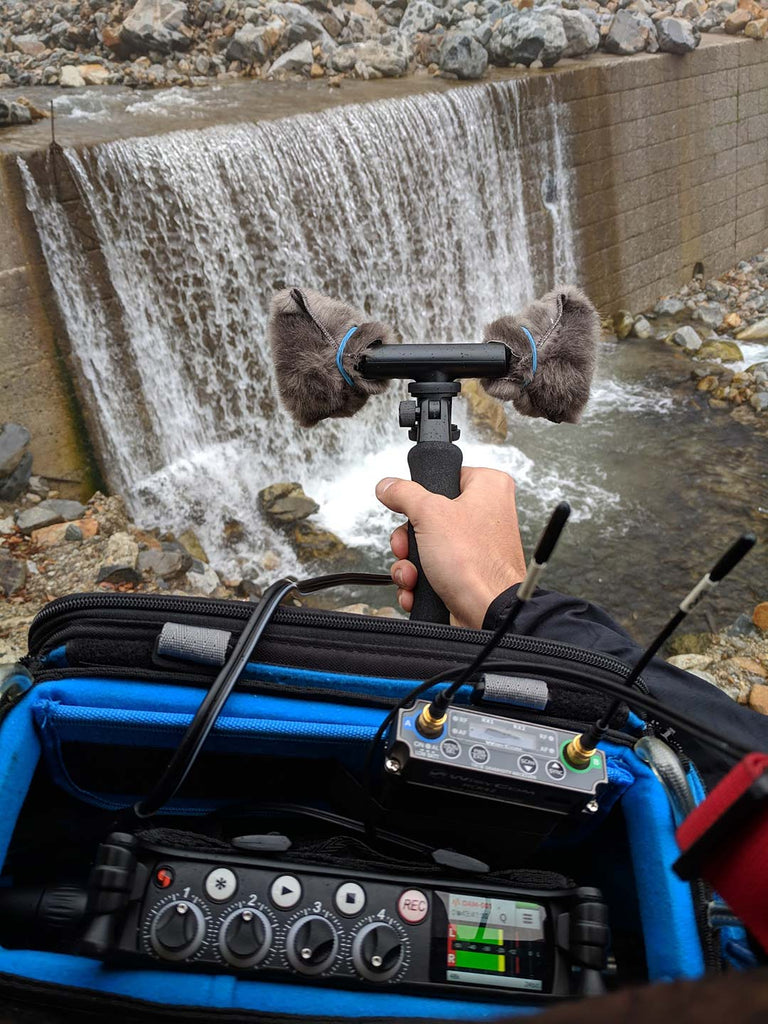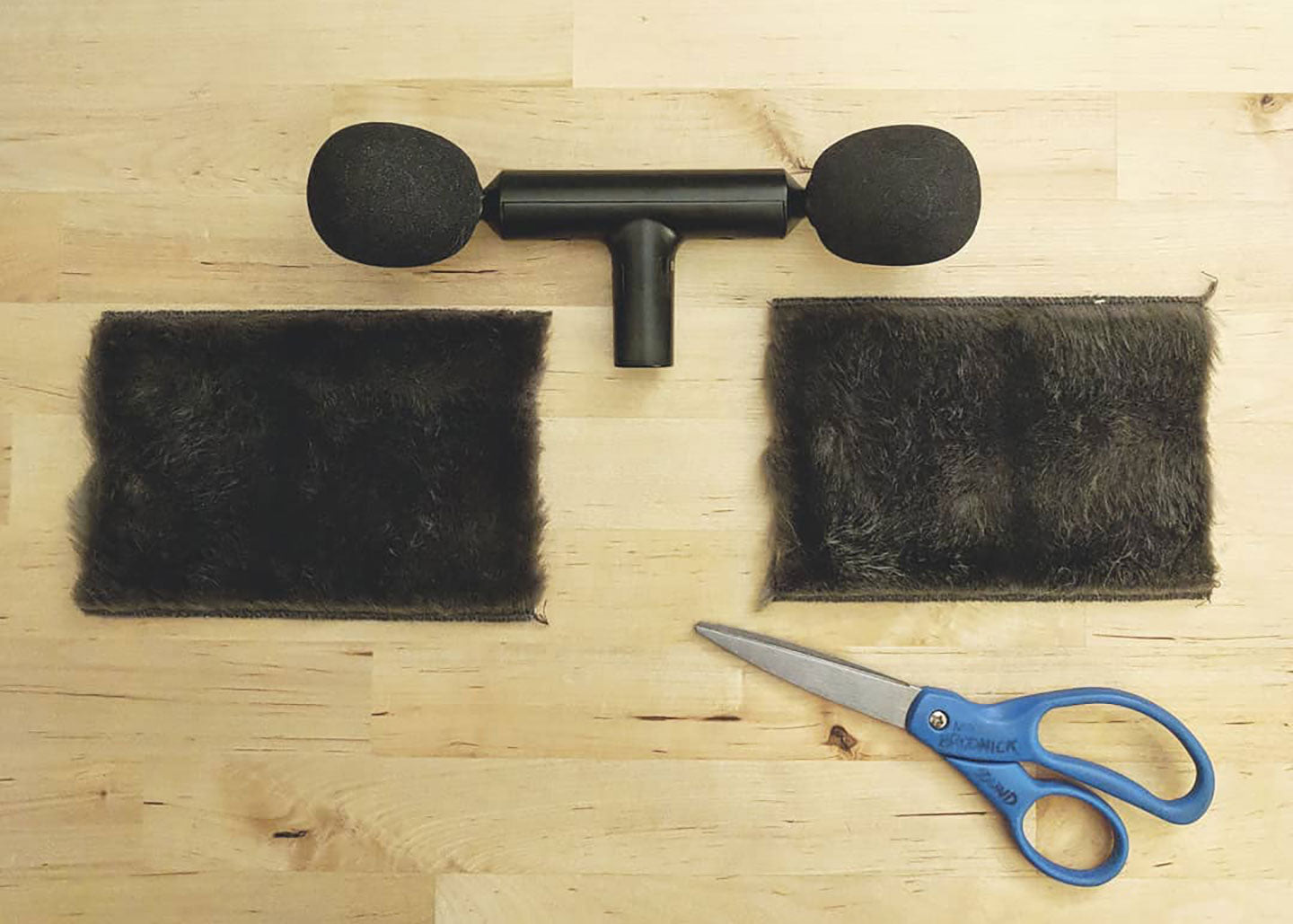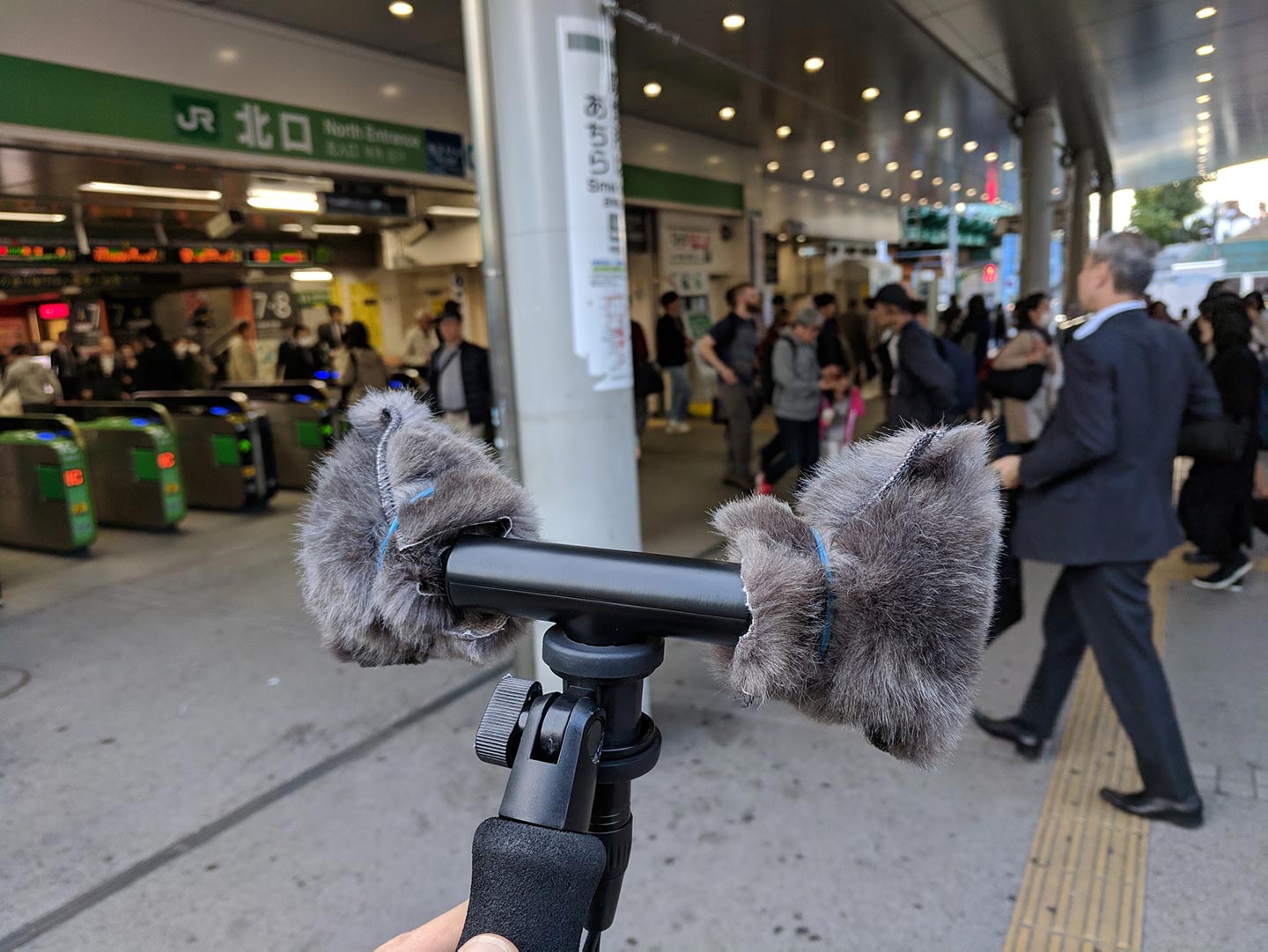An Interview with Bamfsound - Matt Brodnick & Ferdinand Almalvez

Bamfsound is Matt Brodnick and Ferdinand Almalvez, two production sound mixers who hail from Los Angeles. Their extensive experience ranges from film and documentaries to TV series and commercial work with credits including Everest, The Director & the Jedi, Dirty Money, Secret Space Escapes and Shahs of Sunset.
We had the chance to interview Matt and Ferdinand about their craft, techniques, tools and any tips they might have to make a successful career in the sound industry.
Can you tell us a little bit about what got you into sound?

Ferdinand and I studied at the same film school, to try everything from cinematography to production design. But because there was no specific course for audio, there was little to no incentive for students to be in the sound department. The task was often chosen with reluctance, so every completed film ended up sounding terribly. We both had backgrounds in music and engineering, so one day we decided to give sound mixing a shot, and quickly became the sound team for all of our friend's assignments.
We haven't quit since then, and after graduation, we teamed up and created bamfsound.
What kind of projects have you been working on recently and do you have a favourite? Can you tell us about it?
We work on all kinds of narrative and commercial projects, but recently we've recorded a handful of short films. Back in November, we mixed a Cannes-bound indie short, "Makhaliss", filmed in the eerie countryside of Nagano, Japan. All of our scenes were shot on location, using mostly natural light, from old cabins to mysterious woods. Being able to work with a tight crew of like-minded friends was refreshing, because we could focus more on being storytellers, rather than just making technical decisions.
We recently spotted a cool stereo rig where you customised some of our Piece-A-Fur to craft some ‘Bamfsound’ wind protection for your mics...
In "Makhaliss", we often filmed deep in the forest or other locations with rough terrain. So we needed to travel lightly, and work with a rig that was both powerful and space efficient. The director made a last-minute request for ambiance recordings of every location we filmed in, for use in post production. In short notice, the only mic we had available was a stereo ORTF meant for studio use, which is very sensitive to outdoor environments (especially wind noise).

Because we needed to be low footprint, and couldn't fit a larger, proper zeppelin-type windshield into our bags, I needed an alternative fix. Luckily, I always keep a Piece-A-Fur in my location sound kit for situations like these. I cut it in half and wrapped them around each mic element, leaving a little "dead space" in between the Fur and mic windscreens, securing it all with rubber bands. Sure, it looked funky, but worked just fine in light wind conditions. It was lightweight, acoustically transparent, it added an extra layer of protection from the elements, and my recordings sounded great too.

How do you usually go about planning for a new project? Is it automatic or do you have detailed checklists, for example?
When negotiating or planning for a new project, we always get to know the director's vision, and what his or her expectations are before discussing technical details. We own a wide range of equipment and rigging to choose from, but nothing is "one size fits all". Also be mindful of logistics, environmental factors, and stay in the loop of shooting schedules.
Always *always* bring backups of every piece of gear you provide to a job, especially when traveling. Recorders, mics, accessories, every single cable - if it's in use, it has the potential to fail when you least expect. Don't be the person on set that brings the project to a standstill. By already having a backup that's ready to deploy, you'll eliminate that anxiety from your mind, and can carry on with confidence.
Are there any anecdotes you can share about when things have gone wrong?
When things do go wrong, you should already have a fix in mind. Never just present problems to directors or producers - focus on solutions, because they already have 100 other things on their mind. For example, there might be unwanted noises or a technical malfunction while filming a take. Instead of causing an abrupt or even abrasive halt to a production, immediately fix the problem, and calmly request an extra or safety take for sound. A good leader will trust your judgement and expertise as a department head.

Of course, if there is a true emergency, such as a safety hazard - speak up! After all, you're part of a crew and should be watching each other's backs.
What are your favourite sound tools and why? How much does quality matter to you?
We use a variety of different equipment and platforms, to keep each other competitive and leading-edge. I roll with Sound Devices, while Ferdinand mixes with Zaxcom. I prefer Wisycom wireless systems, while Ferdinand is primarily a Lectrosonics guy. Each system has its own advantages and features, and between us, we can create custom packages that can tailor towards exactly what the project needs.
Film may be a visual medium, but sound is where the performance lives. Having high quality tools allows us to capture these natural moments, some of which that can only happen once. Whether it's choosing the right microphone for a scene, or selecting appropriate materials to minimize unwanted noise, build quality and durability is crucial for maintaining our high standard of work.

What was the most difficult/challenging recording you’ve ever had to capture? How did you go about it?
The most difficult recording we had to capture was a short film that was a single, 45 minute take. We filmed inside of a large theater, capturing the final preparations and chaos before curtain call of a live broadway show. Think "Birdman", but actually insane. The feat was already ambitious enough, but there were 14 speaking characters, and the director insisted that he didn't want a single line of ADR in his movie. We had one boom operator and utility technician following a steadicam operator through dark hallways, dressing rooms full of mirrors, and an active backstage. Because of the budget, we had a limited number of mics and antennae. So during the live take, our sound utility's job was to remove wireless mics from characters who appear in the beginning, run around the theater, and place them on characters appearing towards the ending.
After 2 nights of camera rehearsals, we filmed a successful run on the third night. Unfortunately, the short film was never released, but I'm confident we nailed the sound part!
Anything cool coming up for Bamfsound over the next few months?
We're finishing up sound design and a final mix of "Makhaliss", for submission to Cannes Film Festival. We also have some features and series in the pipeline, starting this Spring. We're always travel-ready too, just in case we're quickly called to action to mix documentaries on location. Other than that, we're always looking for ways to challenge ourselves, and take our craft to the next level.

Thanks so much for the opportunity to chat with you guys and we wish you all the best for your future sound careers!
